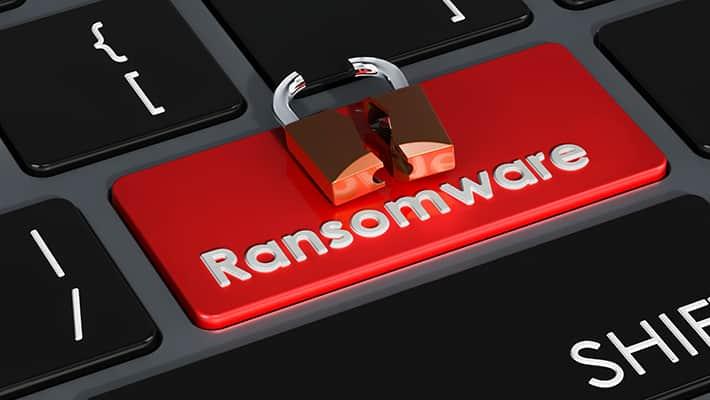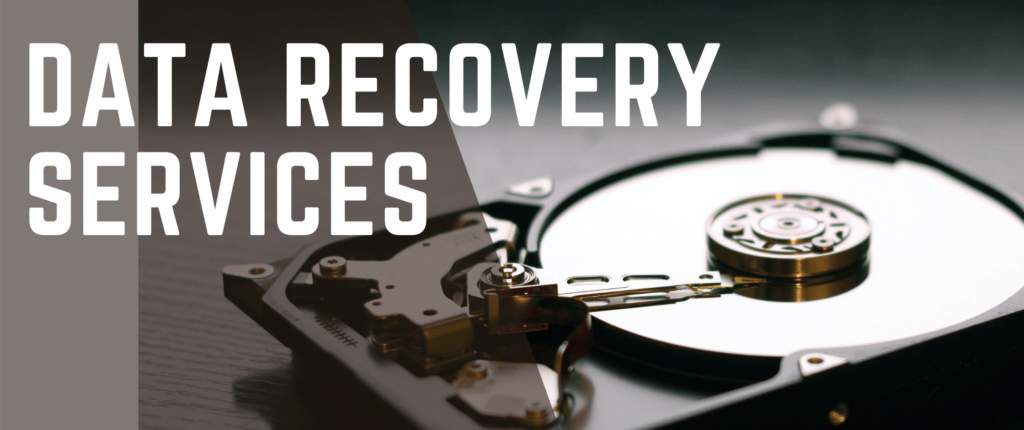Ransomware Decryption: Strategies for Recovering Encrypted Data

Ransomware has evolved into one of the most destructive forms of cyberattack, with encryption-based ransomware locking users out of their essential data. Once ransomware encrypts files, recovering them requires a decryption key—often offered by attackers for a ransom. However, paying the ransom is never a guarantee of data recovery. In this article, we’ll dive into the process of ransomware decryption, its challenges, and how you can take steps to safeguard and potentially recover your data without paying a ransom.
Understanding Ransomware Decryption
Ransomware decryption refers to the process of converting encrypted files back into their original, readable form without paying the ransom. Typically, this is done using a specific decryption key generated by the attacker’s algorithm. Unfortunately, decrypting ransomware-encrypted files is difficult without this key, as attackers use strong encryption algorithms designed to be virtually unbreakable. The focus then becomes finding alternative means to access or recover files.
How Ransomware Decryption Works
If you’re dealing with a ransomware attack, understanding how encryption and decryption work can help determine your recovery options. Here’s a breakdown of the process:
- Encryption Algorithm: Ransomware uses advanced encryption algorithms, such as AES or RSA, to lock files. The attacker’s algorithm generates a unique key that is required to decrypt and unlock the data.
- Key Retrieval: Attackers demand payment for the decryption key, usually in cryptocurrency, to ensure anonymity. However, even if the ransom is paid, there is no guarantee that the decryption key will be delivered or that it will work.
- Decryption Tool Application: If a decryption key or decryption tool is acquired (either through payment or from legitimate security sources), it is used to unlock the files. Tools released by cybersecurity organizations can help decrypt files if the ransomware variant is recognized and has an available decryptor.
Alternative Decryption Solutions for Ransomware Recovery
Before resorting to paying a ransom, there are several avenues you can explore for ransomware decryption:
1. Identify the Ransomware Strain
Identifying the specific strain of ransomware infecting your system is crucial. Each strain uses different encryption methods and decryption tools. Websites like ID Ransomware can help you upload a ransom note or encrypted file to identify the variant. Once identified, you may be able to access a free decryption tool if it’s a well-known strain with available solutions.
2. Use Available Decryption Tools
Cybersecurity organizations, such as No More Ransom and Kaspersky, offer decryption tools for some ransomware variants. They collaborate with law enforcement and cybersecurity experts to develop free decryptors. If your ransomware strain is covered, you might be able to decrypt your files without paying the ransom.
3. Restore from Backups
One of the most effective ways to recover encrypted files is through backups. Regular backups on external drives or secure cloud services allow you to restore data if ransomware strikes. Ensure that backups are updated frequently and disconnected from your main network to prevent ransomware from infecting them.
4. Seek Professional Help
Ransomware decryption can be a complex process, especially with newer, more advanced strains. Cybersecurity professionals can assess your situation, help identify the strain, and determine if there are any options for decryption without paying a ransom. They may also guide you in securing your system against future attacks.
Preventing Ransomware to Minimize Decryption Needs
While ransomware decryption can help recover files, prevention is the most effective strategy. Here are a few essential tips to protect your systems:
- Regularly Update Software: Keep your software and operating systems updated with the latest security patches, which often close off vulnerabilities that ransomware exploits.
- Employee Training: Many ransomware infections begin with phishing emails. Educate employees on how to spot phishing attempts, suspicious links, and malicious attachments.
- Use Strong Security Measures: Implement antivirus and anti-malware software, along with firewalls, to add layers of protection. These tools can help detect and block ransomware before it impacts your files.
- Isolate Backups: Make sure that backups are isolated from your primary network, as ransomware can sometimes encrypt connected backup drives. Offline or cloud-based backups provide a safer recovery option.
What to Do If You’re Infected
If you become a victim of ransomware, here are the steps to take immediately:
- Disconnect Affected Devices: Disconnect the infected device from any network to prevent the ransomware from spreading.
- Check for Known Decryptors: If a decryption tool exists for your ransomware variant, it’s usually available from trusted cybersecurity sources. Never download decryption tools from unknown sources, as they may be malicious.
- Report the Attack: Notify law enforcement, as some ransomware attacks are part of broader investigations. Reporting can help authorities track ransomware trends and support anti-ransomware efforts.
Final Thoughts on Ransomware Decryption
While ransomware decryption can restore encrypted files in some cases, it’s far from a guarantee, particularly as ransomware attacks become more sophisticated. Taking preventative measures, maintaining regular backups, and exploring all recovery options can help protect your data and reduce the likelihood of having to pay a ransom. Though ransomware remains a challenge, staying informed and prepared is your best defense against data loss.







